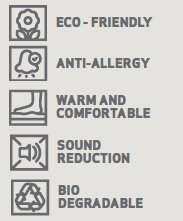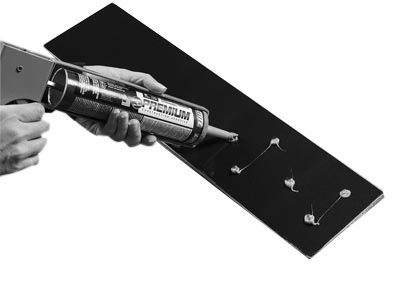Cork flooring pros and cons

Pros
The benefits of cork flooring are many. The drawbacks of cork are small but significant. The benefit of cork is that it acts and reacts like several different floors all at once. An example is a floating cork floor can be installed just like laminate. The benefit is it is quick and easy. It is easy on the pocket book as many installers charge a fraction more for cork floating floors than for laminate.

Another great plus is cork floor can be site-finished just like hardwood. The site-finish reduces damage from spills or surface liquids – just like ceramic or porcelain tile. As with carpet, cork is warm on the feet and soft on the ears. Cork’s

properties are outstanding. For this reason many condominium or strata councils will allow cork floors to replace carpet without making too much of a fuss about it. The floating floor is perfect for

s to keep out the chill and to keep playrooms quiet and calm. In essence, it can take over the job of three flooring options.
Not many people realize a cork floor can take the place of “in-floor radiant heat”. It can offer the same comfort. If you are looking to take the chill off the floors and you have a primary source of heat, a cork floor is a great option. The thermal insulation cork offers also makes your home more efficient and less costly to heat or cool.
Cons
One of the main drawbacks of cork is it is soft. For people looking for “perfect looking” floors for decades, cork cause upset. It will scratch (like a hardwood). It requires maintenance products be used (just like laminate) and on occasion the surface needs to be refreshed (like hardwood). It will dimple under heavy weight (just like carpet). The glue down tiles are labour intensive which means labour expensive (just like tile).
However, The Loba 2K Supra AT is an excellent finish that offers increased scratch/dent resistance. It can reduce scratches by 90%. In essence, you can “build” a “tough” cork floor by applying the Loba 2K Supra AT (2 coats = $0.30/sf/coat = $0.60 per square foot). For an added $0.60/sf, you can produce a HIGH END cork finish that would normally sell for $12-$15/sf from the high-end retailers (Wicanders and Torlys high wear surface cork floors).
Fading is also another concern several people have worried about. This seams at odds with hardwood, because people expect hardwood to darken over time. In fact, most wood lightens when exposed to sunlight/UV (cherry is a notable exception). Cork is the same. It lightens. The finishes that many people use on their hardwoods are oil based or oil modified. The “oil” is another way of saying “solvent”. The solvent based products cause ambering or darkening of wood. If the solvent based finish is removed the very light wood is exposed.
Cork is no different. The main exception being the finishes used on cork are water based finishes that do not cause ambering and therefore show the natural lightening of the cork. This is the only difference: the colour of the finish. Solvent finishes cause yellowing, water based products do not. The wood underneath almost always lightens. The “clear coat” finish of water based products merely allows the lightening to “show”.








